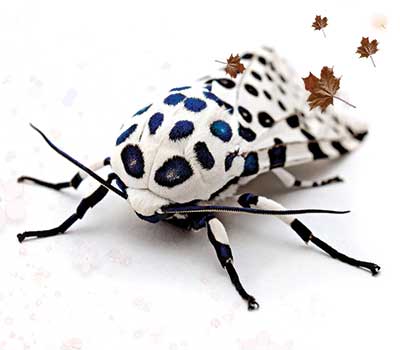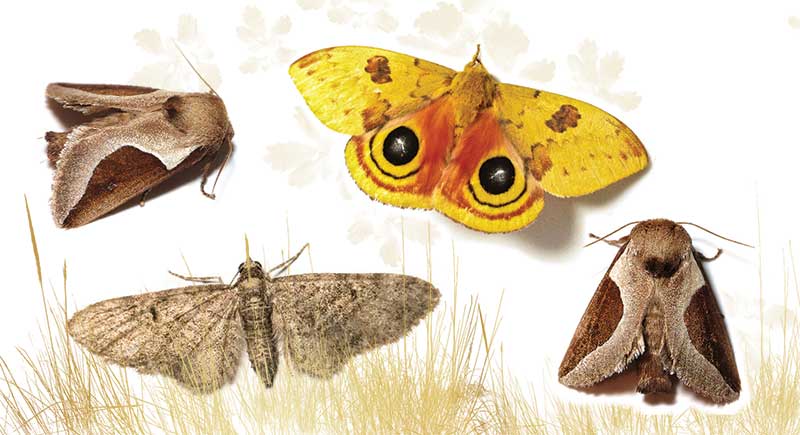When winter comes, many insect species inhabiting cold regions of the world die from cold or lack of food. That is because insects are delicate creatures, but there are some exceptions to this rule. For example, owl moths look like butterflies and at first sight seem very delicate. In reality, however, they are strong enough to survive tough winter conditions. Therefore these moths are also called “winter moths”.
Like butterflies, a winter moth has two wings and a trunk to which these wings are joined. In order for this moth to fly, the temperature of its thorax to which its wings are joined should be 30oC (86oF). But the temperature where they live is usually 0oC (32oF) and even drops below zero degrees from time to time. How can winter moths survive such cold? What prevents them from freezing when they are motionless, and what enables them to fly in cold weather?
 |
This moth species is created together with a special heating system that enables it to live under winter conditions. This system consists of several complementary features.
Before flight winter moths continuously tense the main muscles that are connected to the wings and make their wings vibrate. The rapid vibrating of the wings leads to an increase in the temperature of the insect’s thorax. As a result of this increase, the temperature of the thorax may rise from 0oC (32oF) to 30oC (86oF) or even more. However, this is only one of the features that the moth needs to survive. In order to fly it is not sufficient for the winter moth merely to increase its body temperature. That is because the difference between the temperatures of the insect’s body and of the atmosphere will result in loss of heat. In the same way as a glass of hot tea cools after a while, the moth’s body will also cool. Therefore it will not help even if the moth keeps its wings vibrating. In order for the winter moth to fly and thus survive, another method is required to maintain the heat it has produced. This need is also met by a special structure that Allah created in the moth’s body. Moths are covered with dense scales that reduce heat loss. Scientists have determined after research that a moth without scales cools twice as fast as those with scales.
 |
These are some of the mechanisms in a winter moth that protect it from cold. The features mentioned above must have existed since this moth species came into being. Otherwise, the moth would have died of cold and this species would be extinct. One does not need to reflect at great length to understand that it is not a coincidence that only those species inhabiting cold regions possess these features that make them different from all other moths. Taking all kinds of measures to enable these creatures to survive in cold, Allah introduces Himself to us. In the Qur’an, Allah reveals that He knows where all creatures live:
There is no creature on the earth which is not dependent upon Allah for its provision. He knows where it lives and where it dies. They are all in a Clear Book. (Surah Hud: 6)
Such features in living creatures enable us to grasp Allah’s power and artistry, and increase our faith in and love for our Lord. Communicating the amazing information you read to others, you may also be the means to increase other people’s faith in Allah.